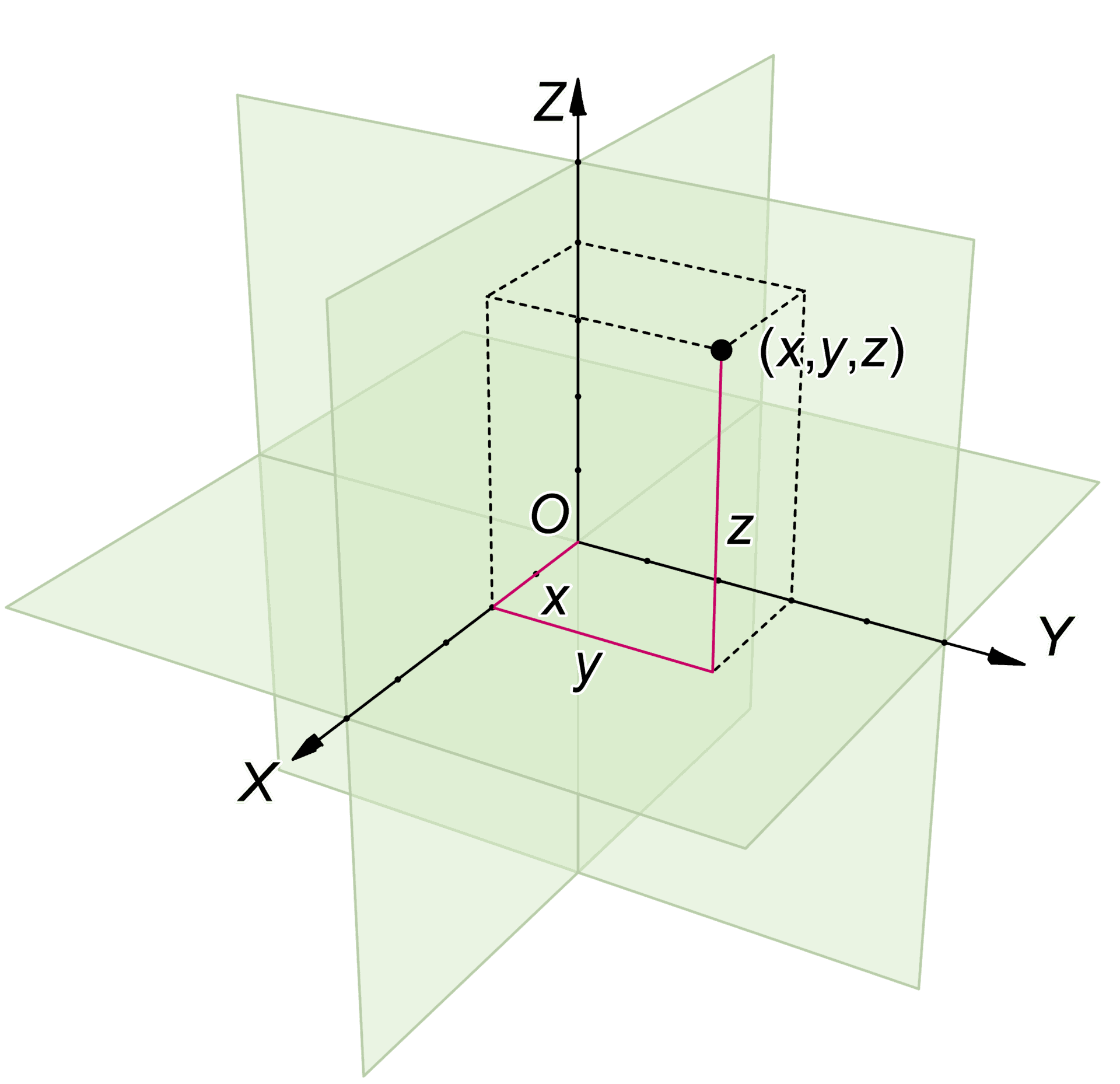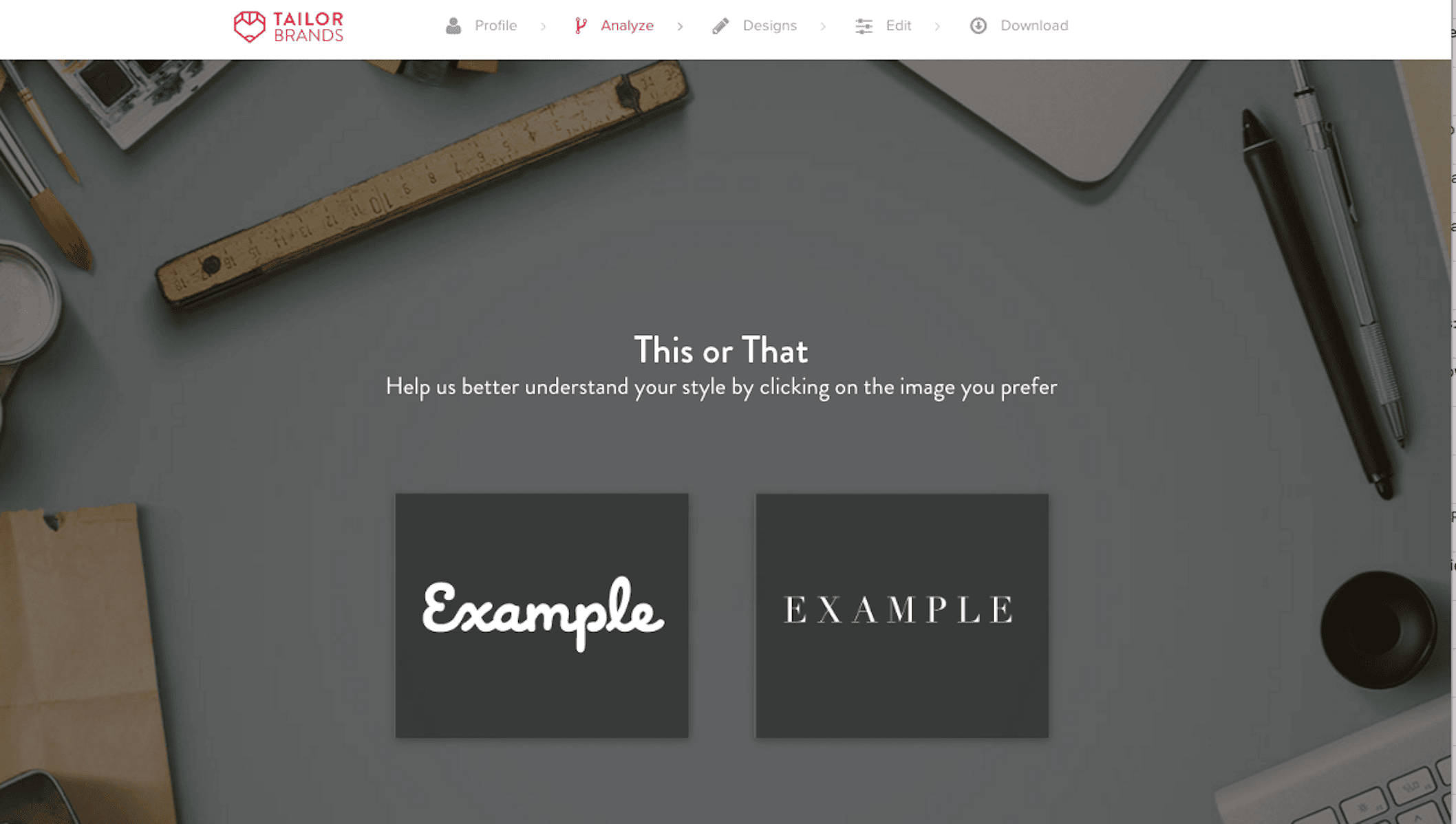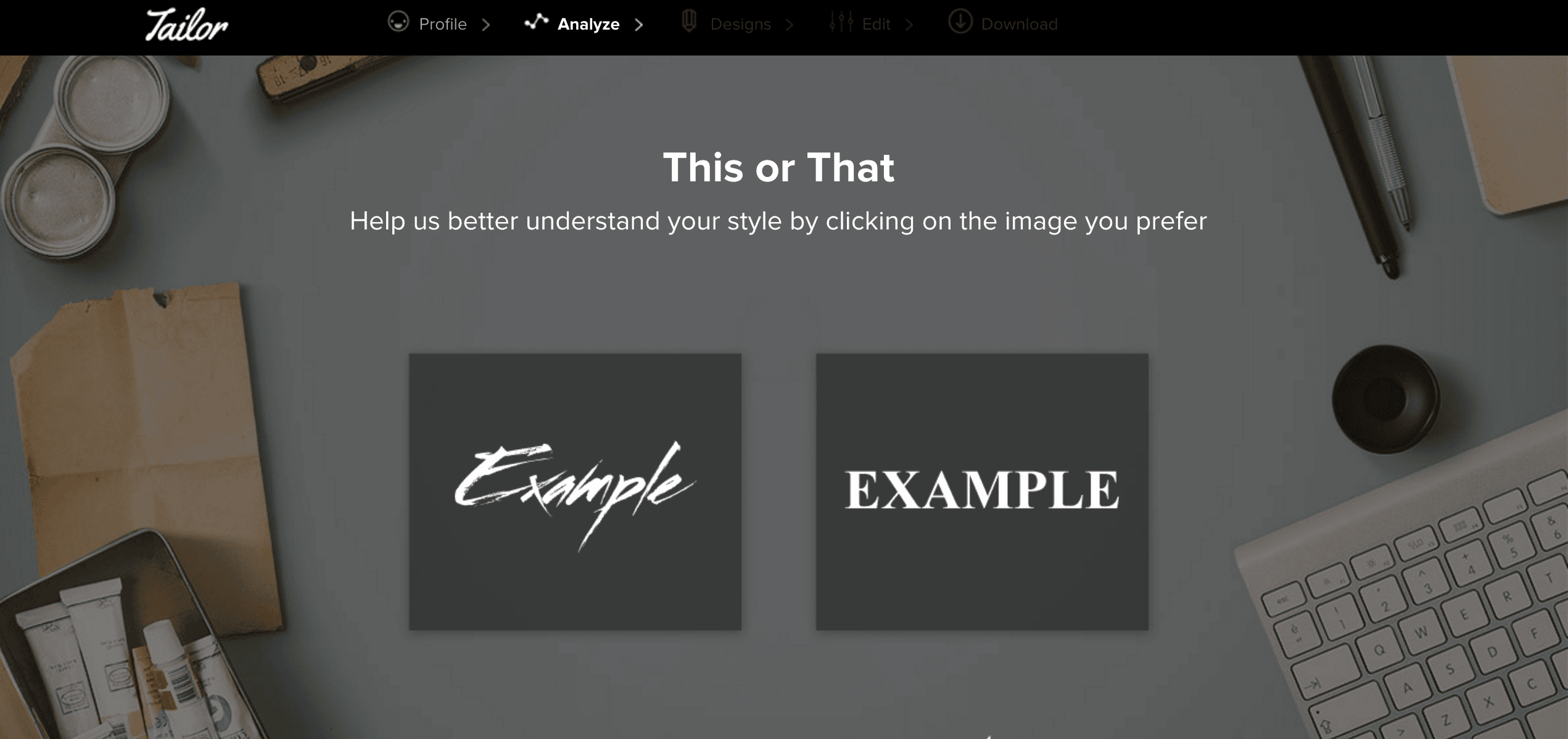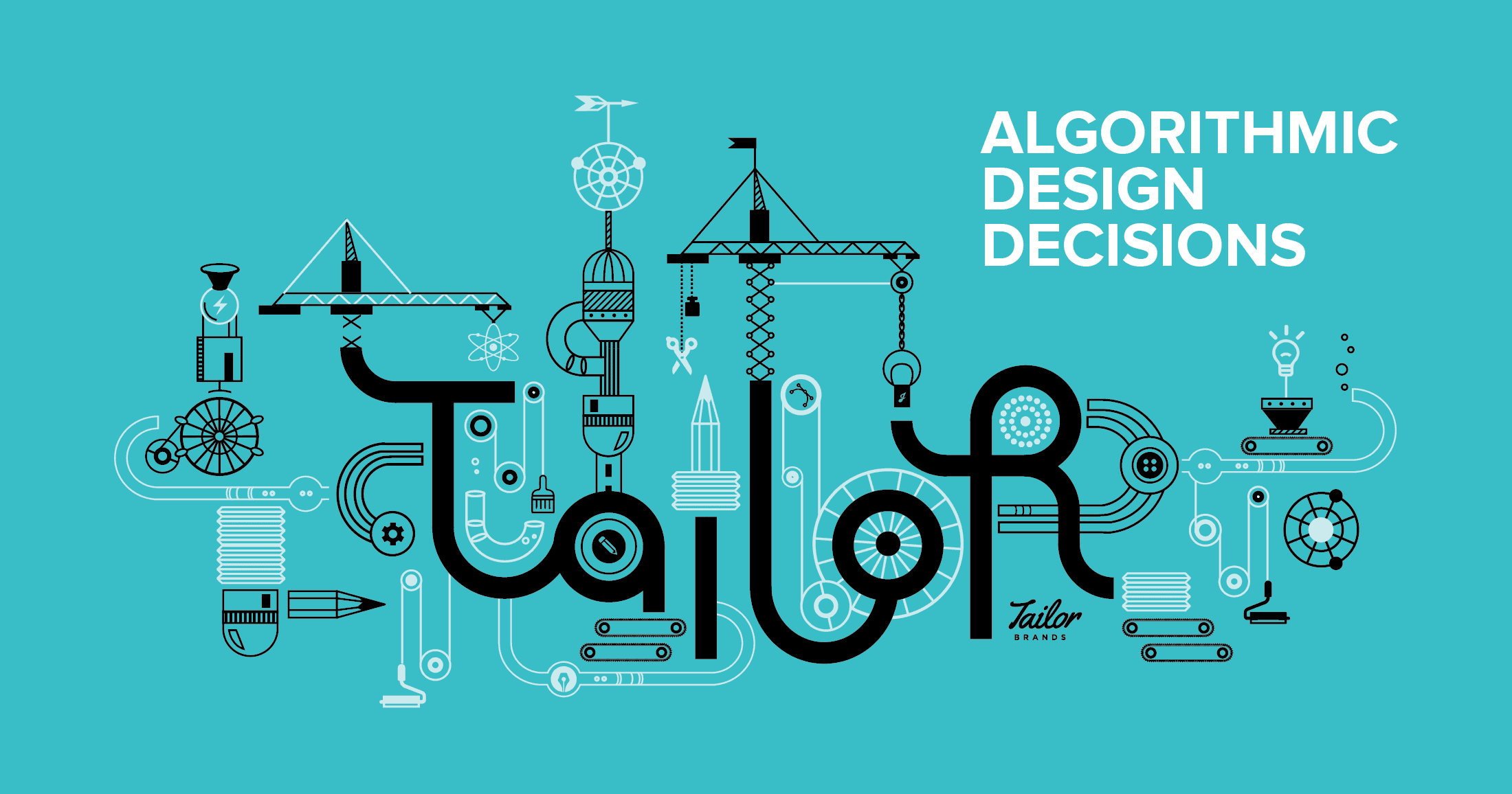Can a machine create logos? If it can, how, and what will it make? These are just some of the questions we encounter on a daily basis here at Tailor Brands. They come from all sides; customers, investors, new hires, and company veterans. As the Chief Technology Officer of Tailor Brands, it’s my responsibility to try and make these answers clear, especially the “how” part.
Since Tailor’s logo generator is a machine that designs, I’ll walk you through how we do it – specifically, how the “This or That” part of Tailor works. Internally, we call the “This or That” step “Ash” (named after Ash Ketchum of Pokemon), and it figures out how to map someone’s personal taste and desires and match it to their visual style so we can design a brand based on their preferences. This process is a significant part of the decision-making algorithms we employ.
The lowest level of Ash is comprised of Linear Algebra. I’ll try and explain at a very high level how we apply it to our work. As Wikipedia states: “Linear algebra is the branch of mathematics concerning vector spaces and linear mappings between such spaces.” We take this very abstract approach of vector spaces – most commonly used for three-dimensional mapping of items in space – and apply it to some of the dimensions of the designs we make.
Example of a box in 3-dimensional space:

While three-dimensional space is easy to understand since it relates to our physical world, design dimensions is not so easy. There are more dimensions, or pieces, that make up a complete “whole” design. After all, we are used to viewing design as a complete whole and not broken down into its pieces. This is definitely one of the more interesting understandings we have come appreciate since founding Tailor Brands. Since Tailor, we have learned that design can be deconstructed into its different values, such as the planes/dimensions in our algebraic representation.
That probably sounds incredibly confusing, but don’t worry. Let’s take a step back and look at the differences between these two examples:

See anything different? Sure you do! Let’s list out a few of them:
- One is cursive while the other is written in print letters
- One is very fluid while the other is very strict.
- They each have a unique font
- One is in all caps, while the other has just one capital letter.
And so on…
Now while that example was easy, it can get much harder to properly define and spot the differences between two examples. Let’s look at these two:

While there is still a difference, it’s much harder to properly define what it is. Both have similar styles, capitalizations, and more.This is where Ash comes in. By analyzing a person’s choice between each of the two examples it converts the choice into its algebraic representation. Ash allows Tailor to work the seemingly abstract choices people make into a more deterministic design.
Math has always been an amazing tool in abstracting things, and at Tailor, we’ve used it to take something that has been traditionally un-measurable, and measure it. However, it’s still all within a person’s taste. We’re using math to try and figure out their inclination, which can be tricky. Just because they choose a certain design once, doesn’t mean that’s 100% their style. How do we hone it in? We show them multiple choices, which gives us more data to make a better design.
Once we have several of this person’s choices, we average them all out and compare them using more math to other styles within our system to find the best-matching styles for each personal taste. These comparisons help dictate the different design options we show on our site.
While this is only one part of our design decision-making algorithms, it carries more weight than most. As with everything else, we accept that our algorithms and processes are not yet completely perfect. Because of this, we use different user inputs and their final purchases (which you can view as votes on design) to better train Ash in its understanding of this design-vector space.
Many people wonder where is the “human element” in our systems, and while it is present in many places, the most significant one is our customers. Your choices and decisions teach Ash, the Tailor team, and all of our other systems more than we could ever hope to learn on our own.
While this was a deeper dive than most reads from the Tailor team, I hope it gave you a small glimpse into how we use the different information in our design process. We are on an ever-evolving journey to build the best possible design engine, and as you can see based on the small glimpse it is very challenging, but also extremely interesting.
